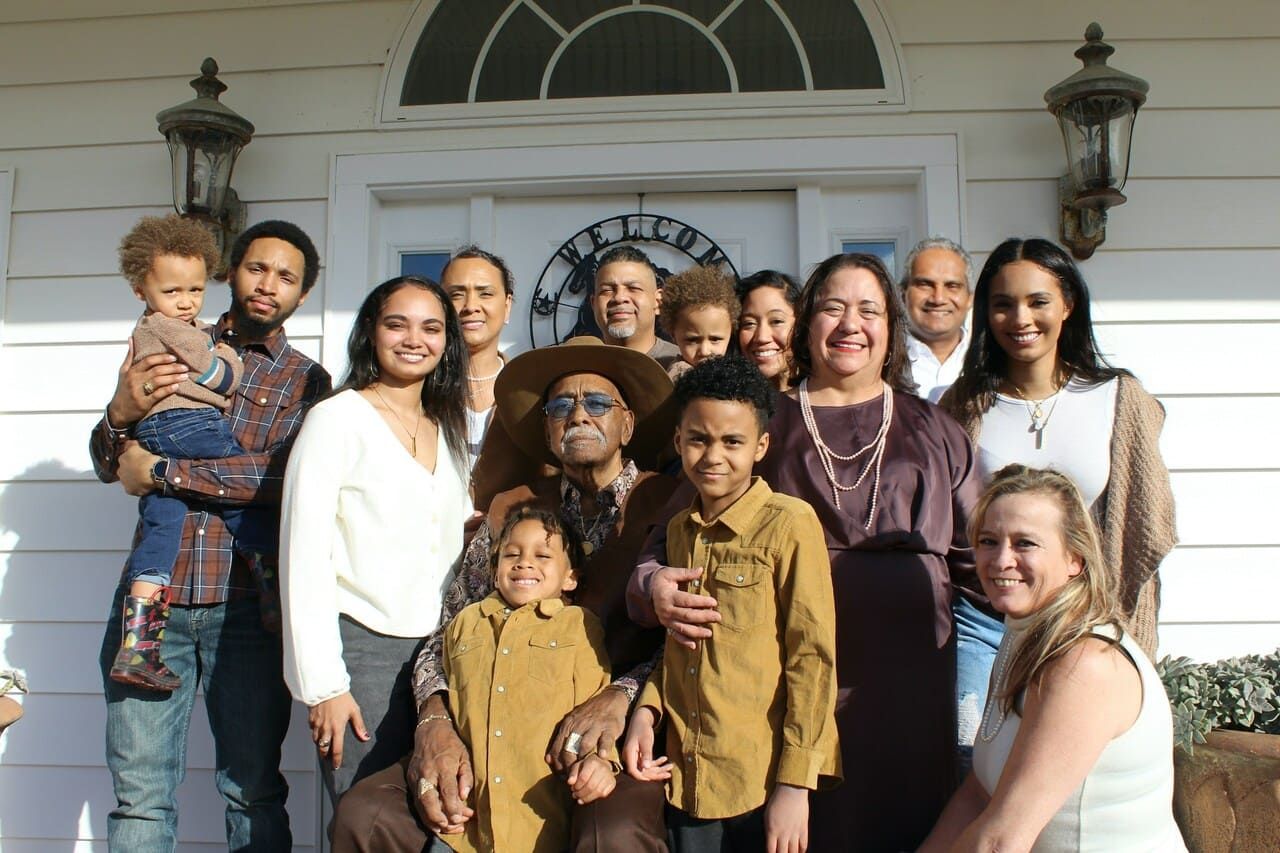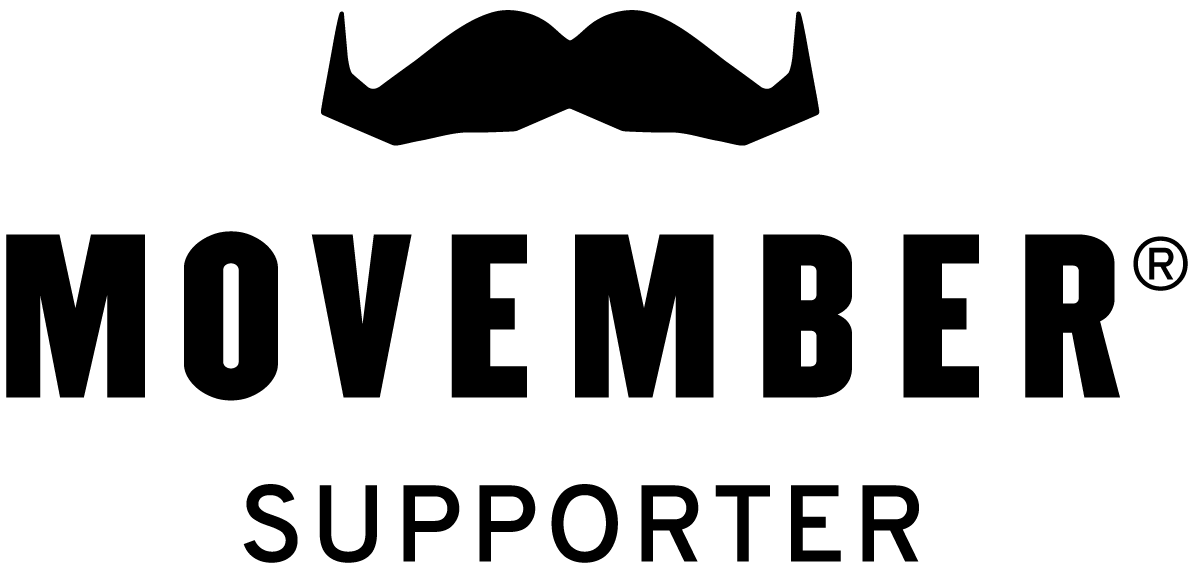Finding Your Voice: How Public Speaking Builds True Confidence
Tamara Ruh • December 3, 2024
Public Speaking Is More Than Just A "Nice Skill To Have"

For Some Public Speaking Is Exhilarating; For Others Terrifying
What if public speaking is more than just a nice skill to have? During our Movember campaign, we had to step into this space repeatedly - advocating for and explaining the cause, and asking people to donate. Each interaction taught us something valuable: public speaking can either become a mask we hide behind or an opportunity to connect more deeply with ourselves and others. To speak our truths, we often had to pause, take a step back, and find the courage to ask: What do I really want to say here? Navigating the pressures of modern life - where strength is still often valued over vulnerability - learning to speak in public offered surprising lessons in resilience, authenticity, and self-compassion.
The Fight-Flight-Freeze Response: A Hidden Barrier
The fear of public speaking isn’t just "in your head." It’s deeply physical. When you step in front of a crowd—whether it’s three, five or fifty people - your nervous system might quickly interpret this as a real threat. Cue the fight-flight-freeze response:
Fight Response
Fight responses often manifest as tension or an overly aggressive attempt to maintain control:
- Overpowering the audience: Speaking too loudly or forcefully to dominate the room.
- Over-preparation as a form of control: Becoming hyper-focused on perfecting every word to avoid perceived "failure," leaving little room for authentic connection or flexibility.
- Defensive body language: Coming across as combative or overly intense, such as crossing arms tightly, pointing fingers, or using clipped, sharp tones

Flight Response
Flight responses involve avoiding or escaping discomfort:
- Avoiding speaking opportunities: Turning down engagements or delegating tasks.
- Rushing through the speech: Speaking too quickly, skipping over sections, or trying to finish as fast as possible to escape the discomfort.
- Distracting behaviors: Over-apologizing, laughing nervously, or making excessive jokes to shift attention away from vulnerability.
- Deflecting authority: Putting the audience or specific members on a pedestal to deflect your focus from your own authority or role.
Freeze Response
Freeze responses occur when overwhelm halts action or thought:
- Mind going blank: Forgetting your points or entire speech, despite hours of preparation.
- Stiff posture and monotone delivery: Becoming physically rigid and emotionally flat, losing the ability to engage with the audience dynamically.
- Loss of sensory awareness: Feeling disoriented, like time has stopped, with your vision or hearing narrowing.
- Inability to adapt: Struggling to respond to questions or unexpected moments, staying frozen in your planned script instead.

These reactions aren’t signs of weakness; they’re natural. Thriving in public speaking means working with your nervous system, not against it. Gradual, intentional exposure is key. Start small - practice in low-stakes environments like supportive workshops, with a small group of friends, or even in front of a mirror. Celebrate quick wins to teach your brain and body that public speaking isn’t dangerous. Over time, this approach not only reduces fear but also helps you find your voice.
Confidence vs. Arrogance: The Foundation of Connection
This month on Hearts Wide Open Podcast Jelmer Smits -who helps professionals stand tall and cultivate confidence in public speaking and beyond- shared a powerful insight: “building confidence starts with understanding its essence: connection and care.” Confidence says, "I am here to share something of value with you." Arrogance, by contrast, puts up a shield, saying, "I’m here to prove something."
This distinction matters because arrogance, rooted in a fight-or-flight response, blocks connection, isolating both the speaker and the audience. True confidence, on the other hand, arises from a place of self-connection and vulnerability and invites others in. It acknowledges imperfections while staying present. In this way, public speaking becomes less about performance and more about creating a moment of shared meaning. Listen to the full episode here.
The Internal Lawyer vs. Judge
When you reflect on your speaking experiences, who shows up in your mind: the internal judge or lawyer?
Driven by a fight, flight or even freeze response, the internal judge criticizes harshly:
- Fight: "You messed up. Why did you say that?"
- Flight: “you are clearly not ready, don’t even try!”
- Freeze: “You're not good enough. Why even bother?“
It’s quick to condemn even small mistakes and slow to acknowledge progress, often missing the bigger picture.
The internal lawyer, however, coming from a place of self-connection, advocates for you with fairness, compassion or curiosity, Jelmer explains:
- Self-compassion: “That didn’t go as planned, but you handled it as best as you could in the moment.”
- Curiosity over criticism: “What can I learn from this? How could I approach it differently next time?”
- Balance and objectivity: “This one moment doesn’t define your abilities. Look at how much you’ve already accomplished.”

Public speaking isn’t just about sharing your voice—it’s also about finding it. To do this, take time to reflect not only on your content but also on your nervous system state. Becoming aware of your inner dialogue - day by day - helps transform public speaking into a powerful tool for connection and growth. This mindful approach also deepens your confidence over time because you’re building trust with yourself.
The Growth Zone: Small Steps to Big Wins
Stepping onto a stage can still feel overwhelming, but building confidence from a place of safety happens incrementally. Gradual exposure is most effective when approached in small steps. Start by speaking in settings where the stakes feel manageable - a small group at work, making a toast at dinner, or even recording yourself on camera to practice your delivery.
As you accumulate these small wins, momentum builds, and your fight-flight-freeze response begins to ease. Each successful experience signals to your nervous system that public speaking isn’t something to fear. This journey isn’t about eliminating discomfort but about finding your “al dente” zone - a state where you feel challenged, alert, and slightly nervous without being overwhelmed. It’s like tuning a guitar string: not too loose, not too tight - just right.
The Men's Health Blog
Listen to our podcast
We share real life experiences & feature experts in & around the domain of Men's Health twice a month.
Here's how you can get involved with Hearts Wide Open & Men's Health
Something for everyone
Share your thoughts and feedback on the Wall Of Love, listen to our inspiring men's health podcast, become a guest on our show, join our community by signing up for Letters From An Open Heart and don't forget to follow us on our socials to view all our inspiring content.
Made by Dennis Amo with ♥








